Thinking small: tracing Volkswagen's rebellious streak
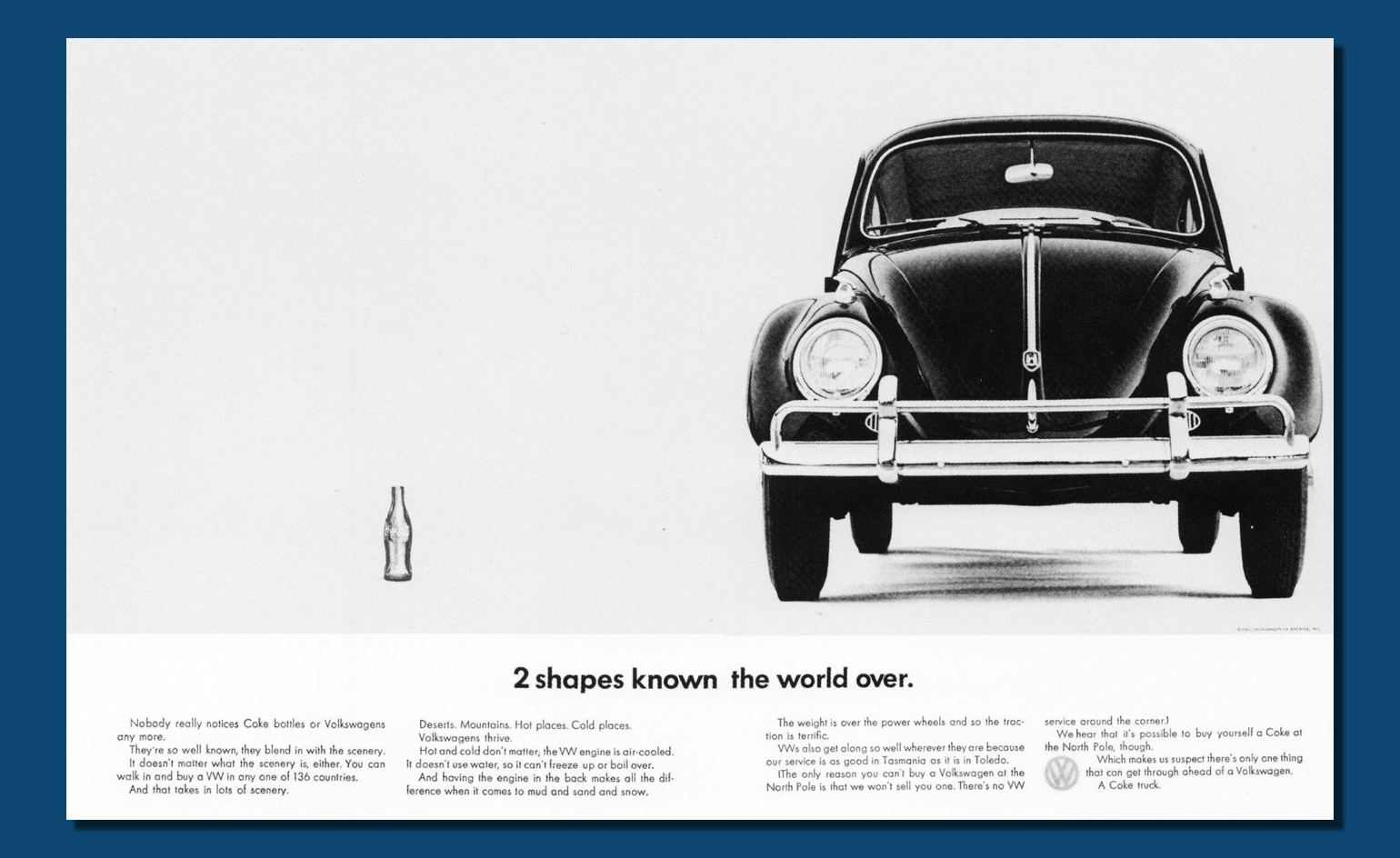
It's hard to remember when car adverts were a treasury of wit, simplicity and concision. David Ogilvy's legendary penmanship for Rolls-Royce remains the gold standard of ad copy, but for sheer consistency of vision, snappy one liners and unambiguous graphics, the series of ads run by Volkswagen of North America, courtesy of the Manhattan agency Doyle Dane Bernbach (DDB).
The agency’s approach was radical in every way, eschewing slick airbrushed artwork in favour of starkly realistic studio photography. Copy sparkled with the simplicity of the message; that the VW was small and decidedly different. Straplines like ‘It makes your house look bigger’ went against the ‘big is better’ consumer psychology of the era, and the client gamely allowed its product to be shown plastered in graffiti, upside down, and in pieces, even behind a tow-truck (strapline: ‘a rare photo’).
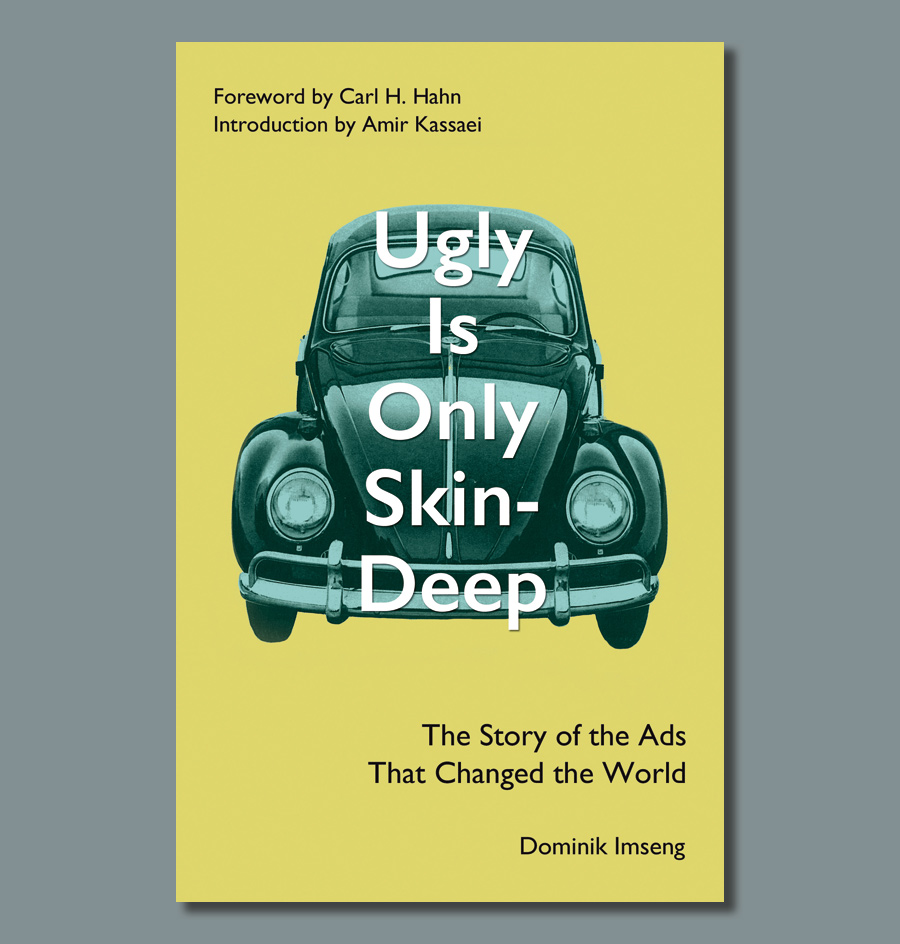
'Ugly Is Only Skin-Deep' traces the Volkswagen ads that made history
Dominik Imseng has researched a spirited, fully illustrated history of this pivotal era in American advertising in Ugly Is Only Skin-Deep: The Story of the Ads that Changed the World, capturing Madison Avenue at its height, and the inevitable clash between commerce and culture. The Beetle’s inherent ironies – an affordable, truly democratic car beloved by the counter-culture, yet borne out of pure fascist intent – were forgotten, thanks to slick copy-writing and art direction. Marketing made it into an American icon.
The company’s advertising has since retained this streak of rebellion, with DDB continuing to run VW’s campaigns with a dose of verve and ingenuity still missing from an increasingly conservative marketplace. Even so, the recent ‘dieselgate’ scandal has given the industry behemoth a new sense of purpose and yet another chance to reinvent itself.
Small isn’t on the menu just yet, at least not in North America. Volkswagen recently announced the Atlas, a vast SUV aimed at a US market that seems to have grown more and more allergic to both self-deprecatory wit and small cars as the decades have worn on. Whether the Atlas could ever be sold in such a way remains to be seen (deliveries don’t start until next spring), but whatever its reception, the big machine is about as ideologically opposed to the original Beetle as one could possibly find.
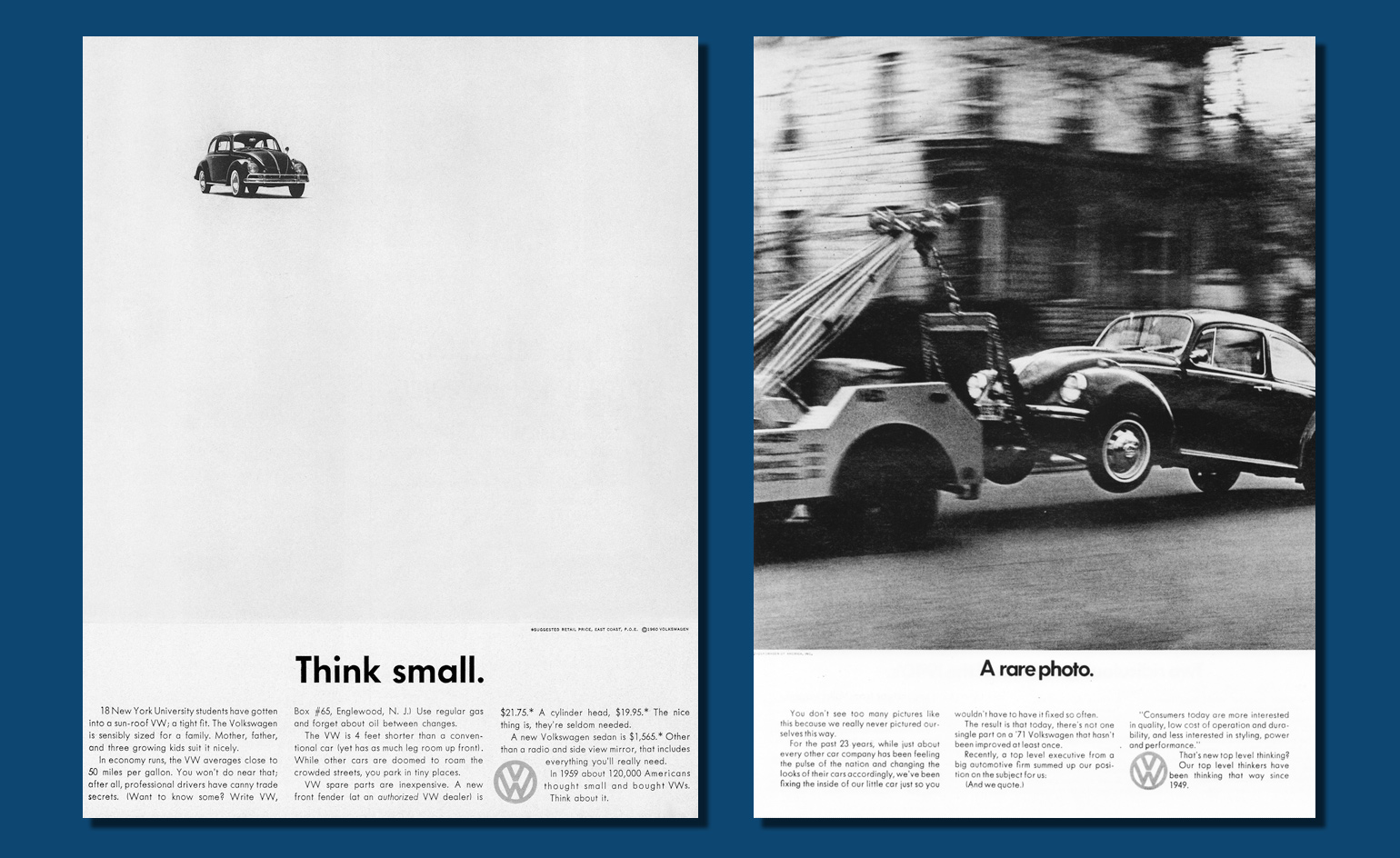
First launched in 1959 by New York agency Doyle Dane Bernbach and continued through to the early 70s, the campaign for the Volkswagen Beetle is considered the most admired of all time. From left, ''Think small', 1960; and 'A rare photo', 1971
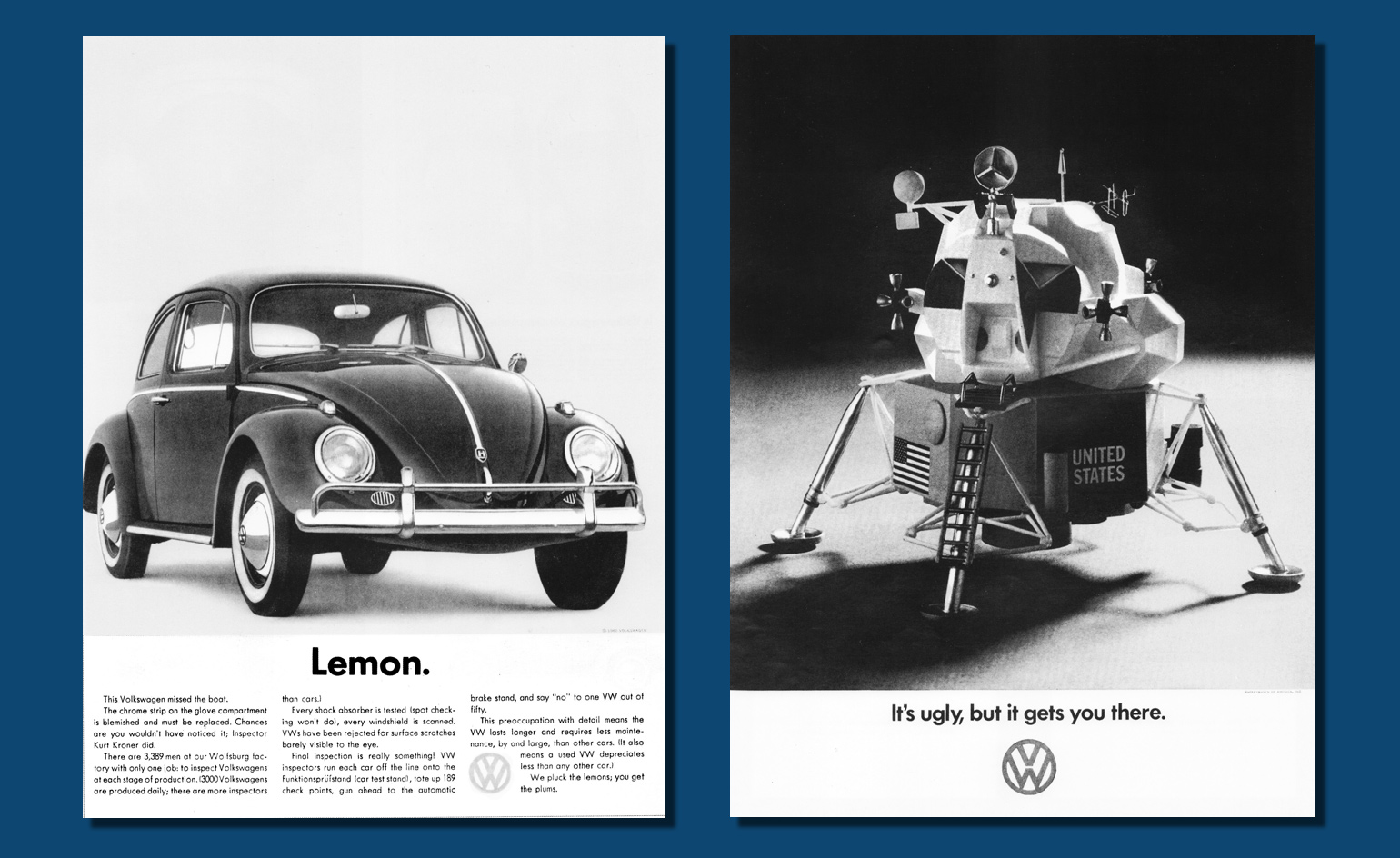
Straplines like 'Lemon' (1960) and 'It's ugly, but it gets you there' (1969) sparkled with the simplicity of the message

The client gamely allowed its product to be shown plastered in graffiti and in one ad, not at all
INFORMATION
Ugly Is Only Skin-Deep: The Story of the Ads that Changed the World, £13.99. For more information, visit the website
Receive our daily digest of inspiration, escapism and design stories from around the world direct to your inbox.
Jonathan Bell has written for Wallpaper* magazine since 1999, covering everything from architecture and transport design to books, tech and graphic design. He is now the magazine’s Transport and Technology Editor. Jonathan has written and edited 15 books, including Concept Car Design, 21st Century House, and The New Modern House. He is also the host of Wallpaper’s first podcast.
-
 Year in Review: we’re always after innovations that interest us – here are ten of 2025’s best
Year in Review: we’re always after innovations that interest us – here are ten of 2025’s bestWe present ten pieces of tech that broke the mould in some way, from fresh takes on guitar design, new uses for old equipment and the world’s most retro smartwatch
-
 Art and culture editor Hannah Silver's top ten interviews of 2025
Art and culture editor Hannah Silver's top ten interviews of 2025Glitching, coding and painting: 2025 has been a bumper year for art and culture. Here, Art and culture editor Hannah Silver selects her favourite moments
-
 In Norway, remoteness becomes the new luxury
In Norway, remoteness becomes the new luxuryAcross islands and fjords, a new wave of design-led hideaways is elevating remoteness into a refined, elemental form of luxury
-
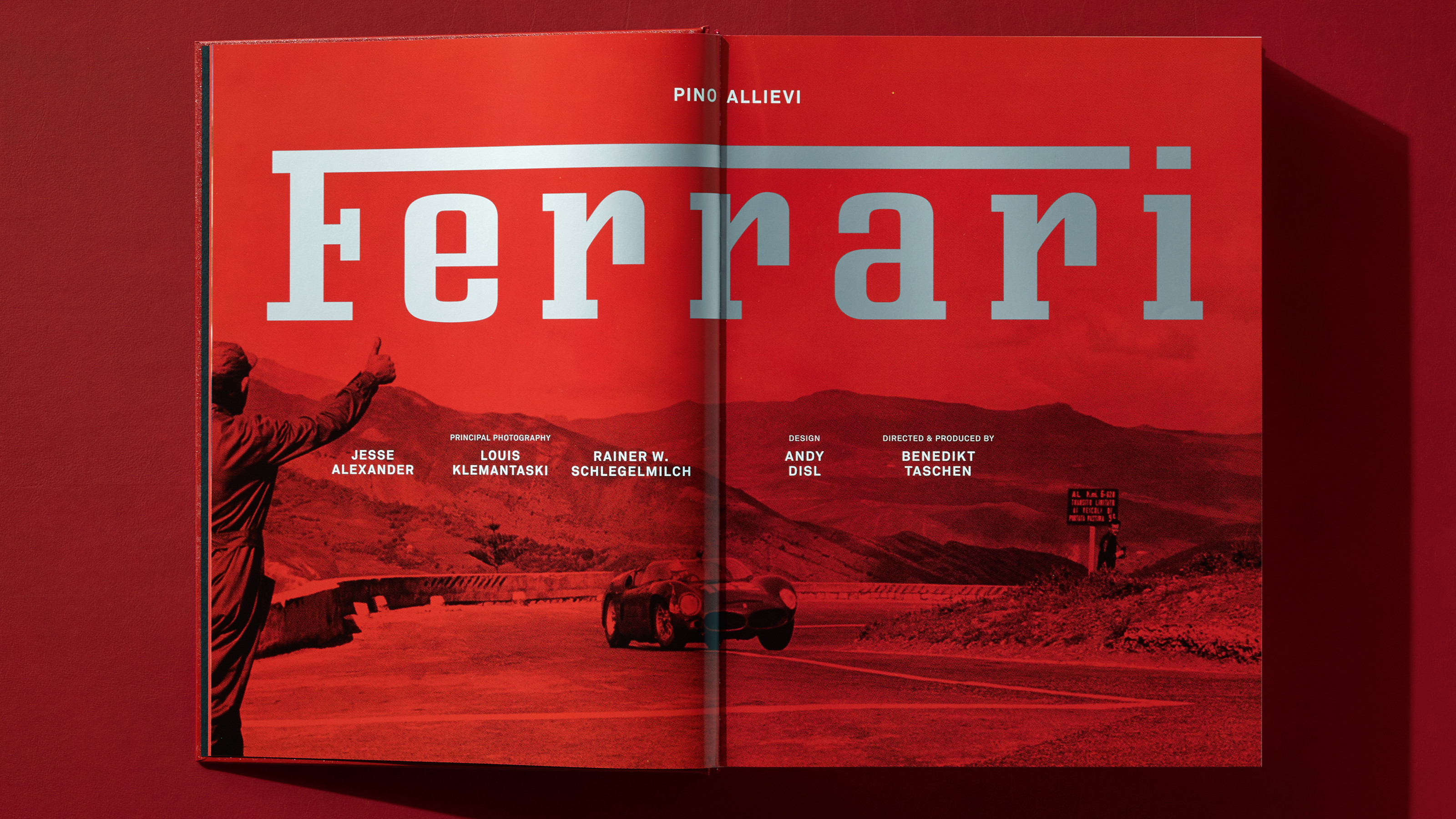 Taschen’s all-encompassing history of Ferrari is a mighty monograph for a mighty brand
Taschen’s all-encompassing history of Ferrari is a mighty monograph for a mighty brandAt nearly 700 pages, this new book from Taschen is the ultimate gift for the Ferrari fan in your life, spanning the brand’s history on road and track from inception through to the present day
-
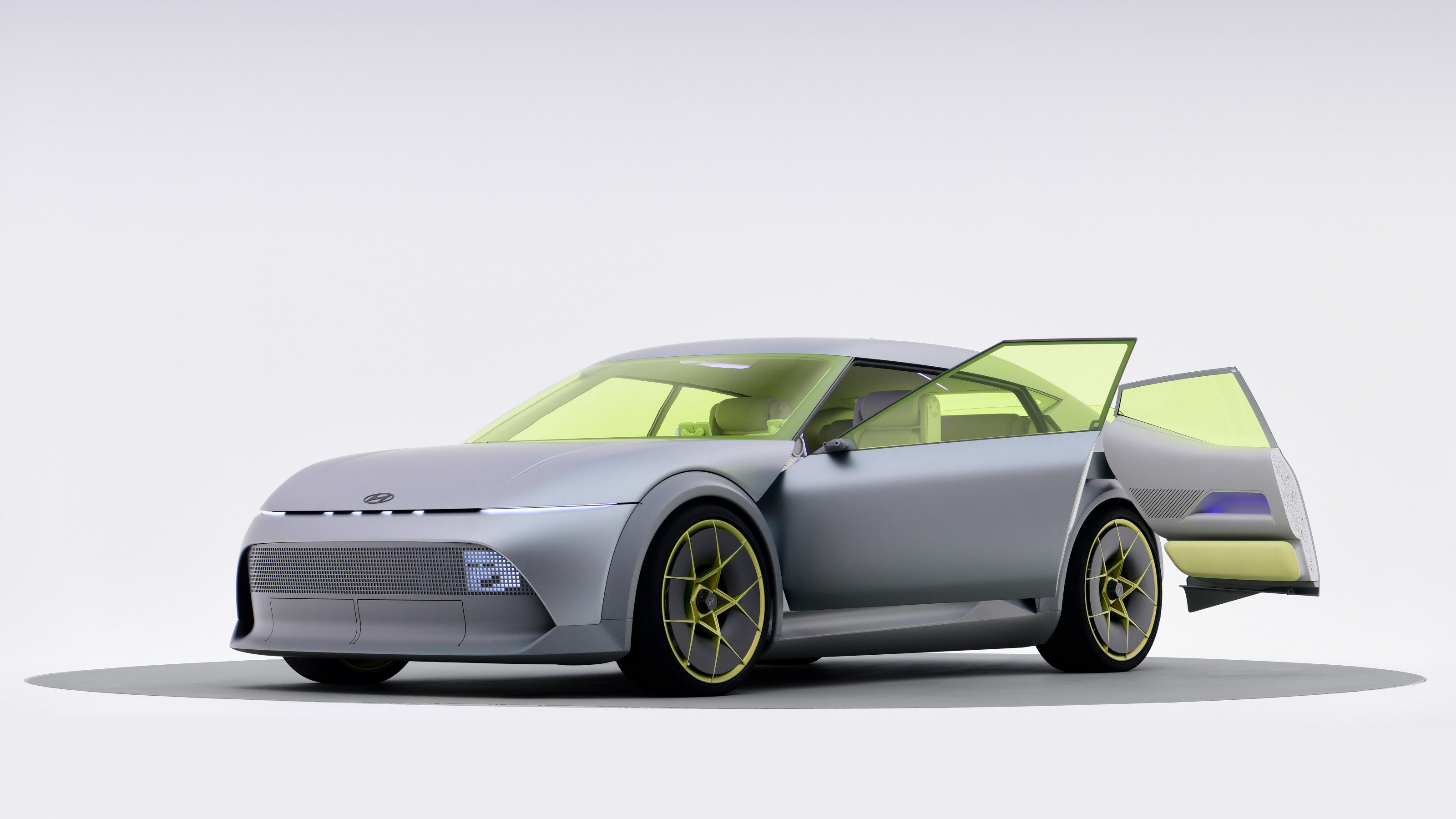 All the new electric cars and concepts revealed at Munich’s IAA Mobility 2025
All the new electric cars and concepts revealed at Munich’s IAA Mobility 2025Munich’s alternative motorshow is now in its third iteration, combining a traditional exhibition space with a conference and large-scale public activations on the streets of the city
-
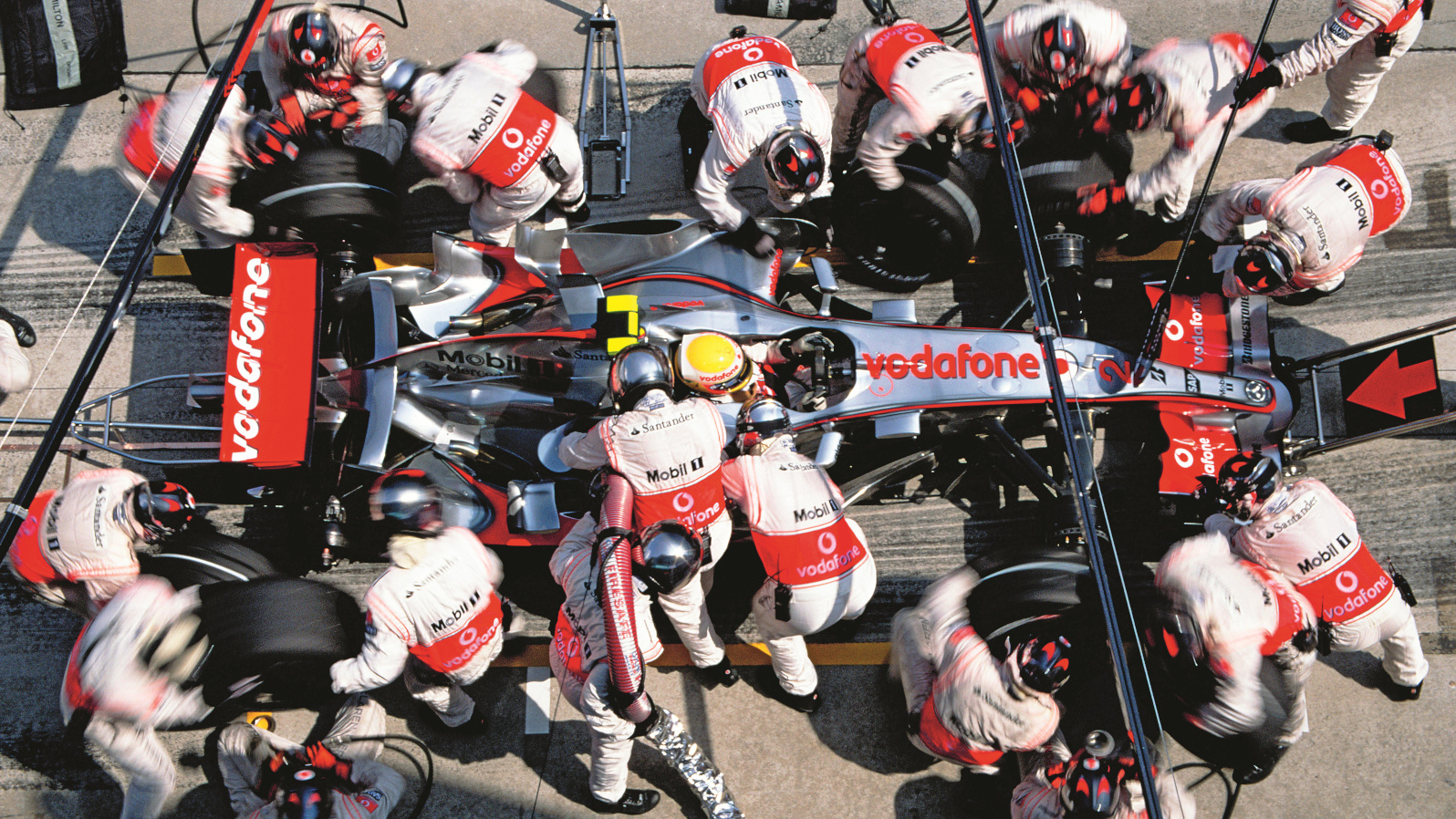 Formula 1 in photos: 100 memorable moments
Formula 1 in photos: 100 memorable momentsA new book, ‘Formula 1: The Impossible Collection’, marks 75 years of the motor-racing championship – a history full of tenacity, triumph and tragedy
-
 The top 10 concept cars of 2024, as selected by Wallpaper’s Transport Editor
The top 10 concept cars of 2024, as selected by Wallpaper’s Transport EditorWe round up our favourite forays into futuristic design with this collection of concepts and design studies showcasing the transport of tomorrow
-
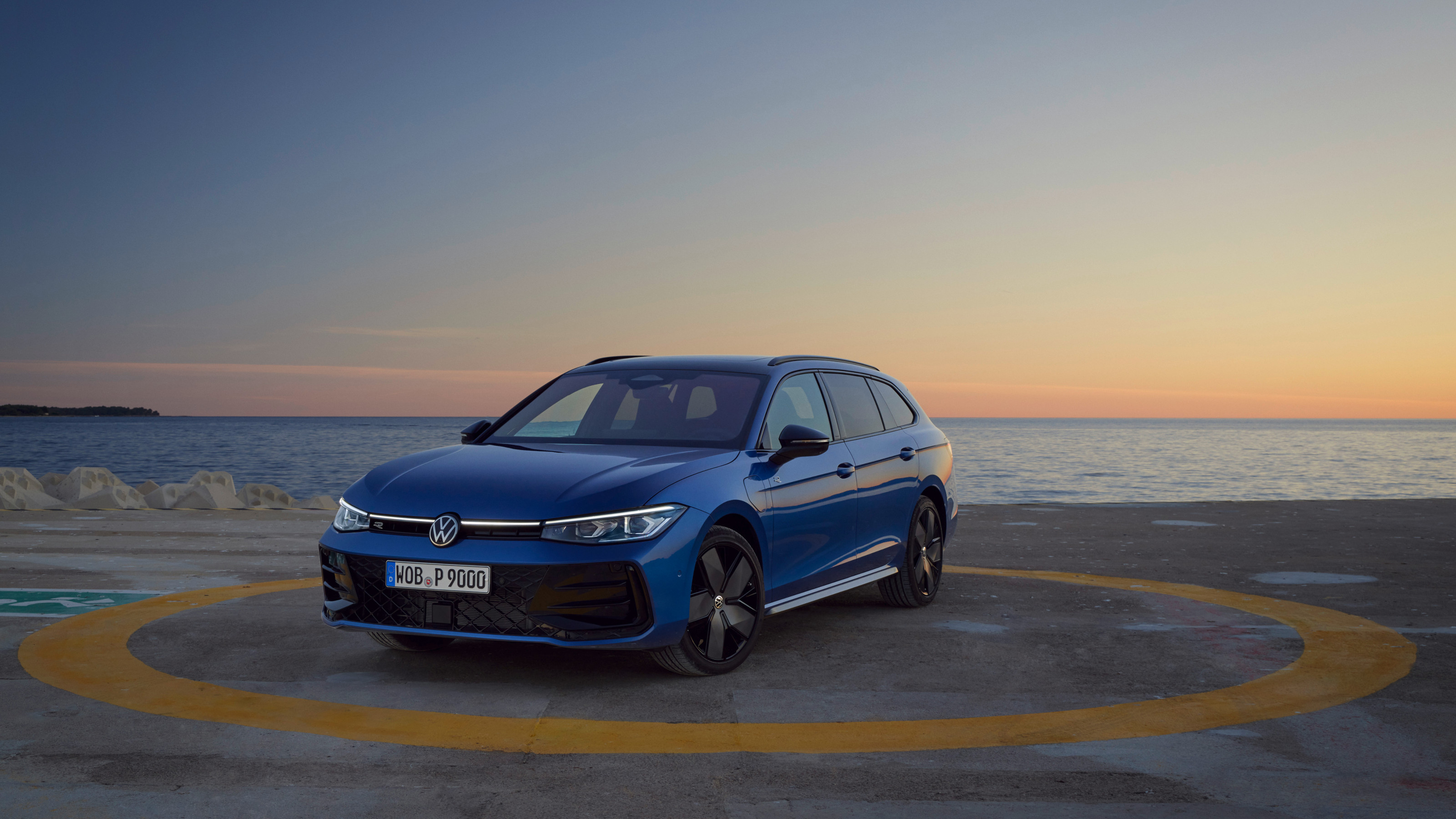 The Volkswagen Passat is a sober, straight edged estate car that feels increasingly out of time
The Volkswagen Passat is a sober, straight edged estate car that feels increasingly out of timeWhy would anyone pass on a Passat? Volkswagen’s big load lugger proves that the old ideas are still the best
-
 Volkswagen celebrates 50 years of the Golf, its most famous modern model, with a flight of fancy
Volkswagen celebrates 50 years of the Golf, its most famous modern model, with a flight of fancyWallpaper* travelled to eastern Turkey in search of the perfect backdrop to mark 50 years and eight generations of the evergreen VW Golf
-
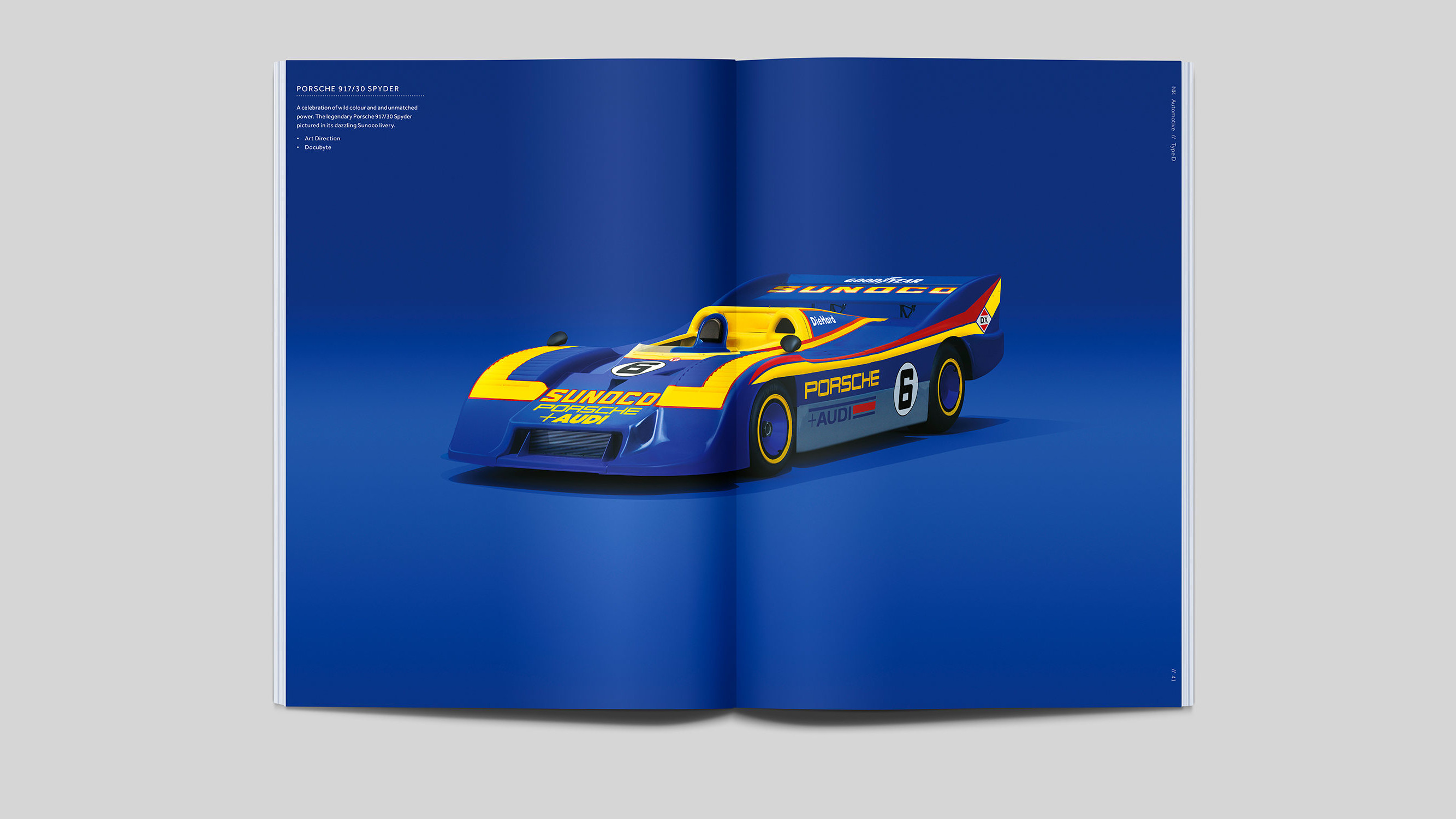 Two new books celebrate the art of automotive photography from very different angles
Two new books celebrate the art of automotive photography from very different angles‘Macchina’ collates photographer Jon Nicholson’s portfolio of modern motorsport imagery, while ‘Automotive Type D’ is INK studio’s fourth volume of car-focused creative briefs
-
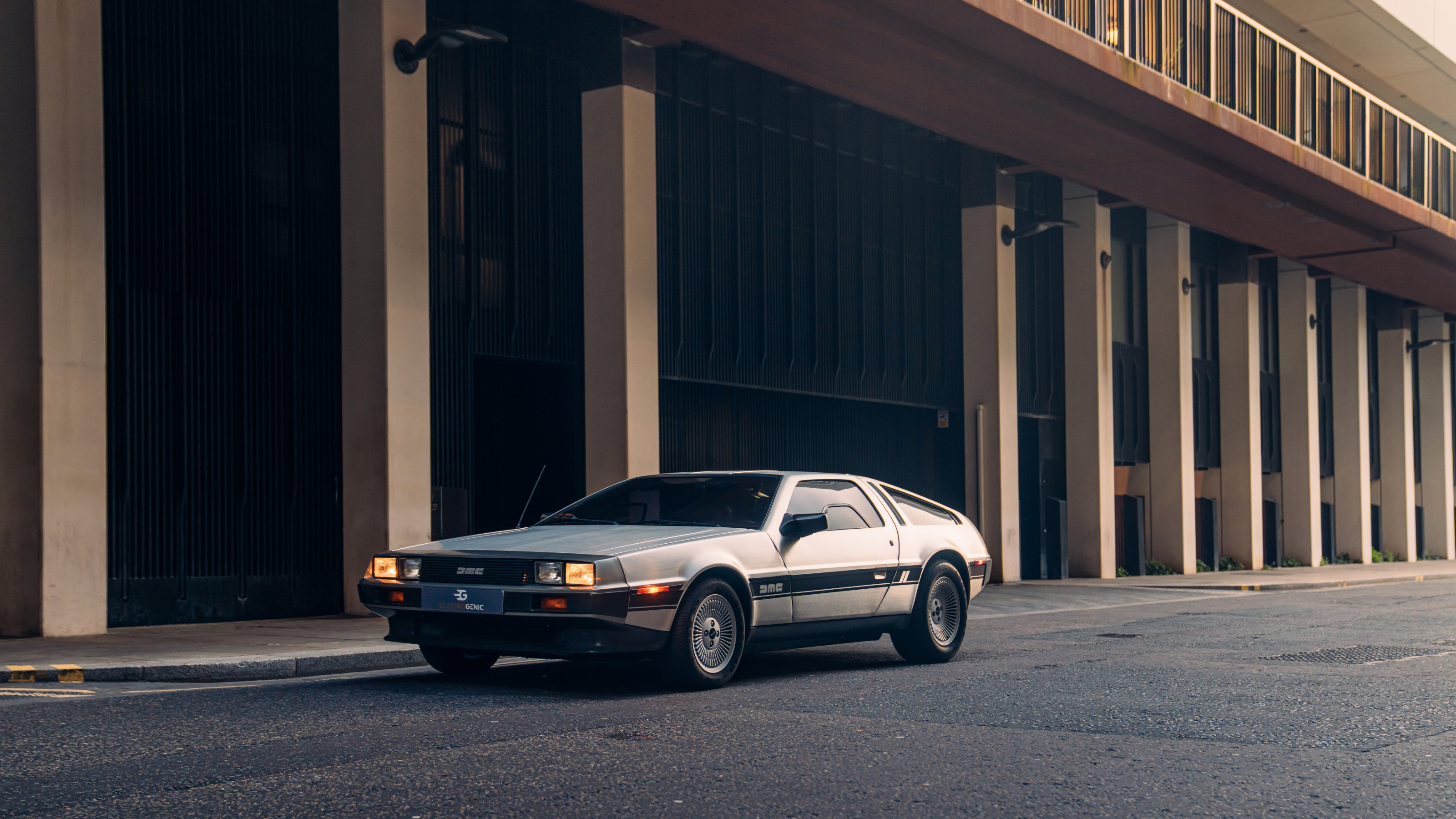 We sample the world’s first all-electric DeLorean, a stainless steel marvel for the modern age
We sample the world’s first all-electric DeLorean, a stainless steel marvel for the modern ageElectrogenic brings its brilliance with batteries and motors to bear on the iconic DeLorean DMC-12, giving this classic design the futuristic feel it deserves